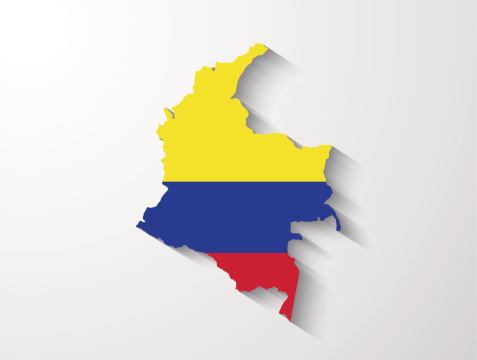When people ask where I’m from, and I tell them that I have family in Colombia, I brace myself to hear the following comments: “So, do people in your family do cocaine?” or “Why do you even travel there? Don’t people get kidnapped all the time?” I try to shrug these comments off and explain to people that “No, my family members are not drug addicts,” and, newsflash: “People don’t actually get kidnapped ‘all the time.’”
With many people’s only firsthand exposure to Colombia being the Netflix series Narcos, which details the infamous drug lord Pablo Escobar and his building of a billion dollar cocaine industry in Colombia, it isn’t difficult to see why they may, curiously or jokingly, ask about the dangers of traveling to the country. Colombia has had a very troubled past with guerilla warfare and drug cartels indeed; the Colombian Conflict, a low-intensity conflict, began in 1966 between rebel groups that formed after US-driven anti-communist repression and the Colombian government and is still going on today. The country garnered worldwide attention when the current president, Juan Manuel Santos, attempted a peace treaty this year with the rebel forces, after more than five decades of conflict. A key thing to remember is that in the past 20 years the conflict has been occurring only in very remote parts of the nation, and thus should not deter people from visiting the country. It is very unfair to paint over the relatively positive peaceful the country has today with its past.
I have been to Colombia 13 times since I was a baby, and have never felt that I was in any danger. On the contrary, I found myself extremely welcomed by both family and strangers alike, and attended school with other girls my age every summer I visited. I have visited both the beautiful Pacific and Caribbean coasts of the nation, and have ventured through the Amazon rainforests. I have seen both the modern aspects of the nation, with large city towers and business suits, and have visited remote Indigenous villages. The country itself is extremely diverse in terms of ethnicities and linguistics. While it has certainly helped that I am able to speak Spanish fluently with the locals, the people in major cities are well versed in English their second language and are accommodating to Americans.
Popular tourist destinations, such as Cartagena, Medellin, and the capital city of Bogota, would require a tourist to exercise the same amount of caution as if they were walking around San Francisco: it’s best to not venture out late at night unless you are in a large group in the more suspicious areas, and I would not recommend someone to take a walk alone at night wearing expensive clothing and jewelry. This, of course, is traveler’s common sense.
I attribute the misconceptions people have about Colombia and other countries to the fact that students in Marin County barely study both past and modern history of nations aside from the United States and Western Europe in the typical high school curriculum. To incorporate every single culture or country’s history into four years would be difficult, but the obvious lack of information regarding certain continents can leave individuals with both uncertainty and curiosity: What are the origins of my genetic and cultural background? What are the driving political instabilities that lead to a tarnished image that lasts to this day? How come we don’t study Native American, South American, Middle Eastern, Asian, or African history in depth prior to European influence, or without mentioning war? I know practically the names of every single European who died in the wars in the English Civil War, but I had to do research outside of school in order to learn the history of South America and the creation of Gran Colombia by Simon Bolivar and its eventual revolution for freedom from Spain. It’s not so much European history that I have a problem with, it’s the fact that the curriculum regarding World History is directed at European wars and their immigrants’ eventually arrival to America, not how Western civilization’s globalization influenced cultures around the world. The only time other countries seem to come into play is when the U.S. or Europe is involved in warfare with or against them (for instance, the Spanish American War in 1898).
Because of this Eurocentric curriculum, we thus have this issue of hastily making assumptions on a country based on stigmas heard or seen on television shows. Yes, drugs are sold and will continue to be trafficked out of the country for as long as Americans show a demand for them, but the country itself is not overrun with drug dealers or drugs. Do you know what else Colombia exports to the United States? Oil, coffee, bananas, and textiles, according to the Embassy of Colombia. But, exportation of coffee doesn’t exactly make for an exciting narrative in a television series, does it?
Why not keep an open mind and see what the current circumstances are in a country before coming to a conclusion? Our curriculum in history should allow students to be more conscious of seemingly harmless stereotypes and the large impact they can have on developing negative connotations. Even if a country is stricken by war, or had a violent past, are there positive aspects that could help develop a more well-rounded opinion? If we are able to at least reevaluate stereotypes and think about where they came from, and then form an opinion, we can begin to diminish them slowly.


